Last month, I had the honor of participating in a week-long tour of the education system in Israel.
The tour was organized by the non-profit and non-political organization, Vibe Israel.
In this post, I hope to summarize the overall experience, including a day-by-day recap of the schools, companies, and people we met.
In the coming weeks, look out for additional posts here reflecting more deeply on some of the experiences mentioned below.
So, let’s jump right in!
Day 1: Meeting Fellow Bloggers
I met two of my fellow travelers, Terry Heick of TeachThought and Dave Wilson of TeachHUB while waiting for our delayed flight to Tel Aviv in New York.
Then, once in Tel Aviv, we all had dinner at the Cordelia Restaurant in the ancient city of Jaffa, where we were joined up with Utkarsh Lokesh of EdTechReview and Lisa Nielsen of The Innovative Educator.
The five of us were guided by Vibe Israel’s amazing Adva David – who spent the evening with us, giving us a preview of the week to come, and introducing us to a few important Hebrew words that we would hear constantly on the trip:
Yalla – let’s go.
And sababa – cool, alright, ok.
Day 2: Intro To Israeli Education and Balagan
After breakfast, we had an introduction to Israel and the education system from Joanna Landau, CEO of Vibe Israel, and Eyal Ram, Director of Educational Workers Administration, Ministry of Education for the State of Israel.
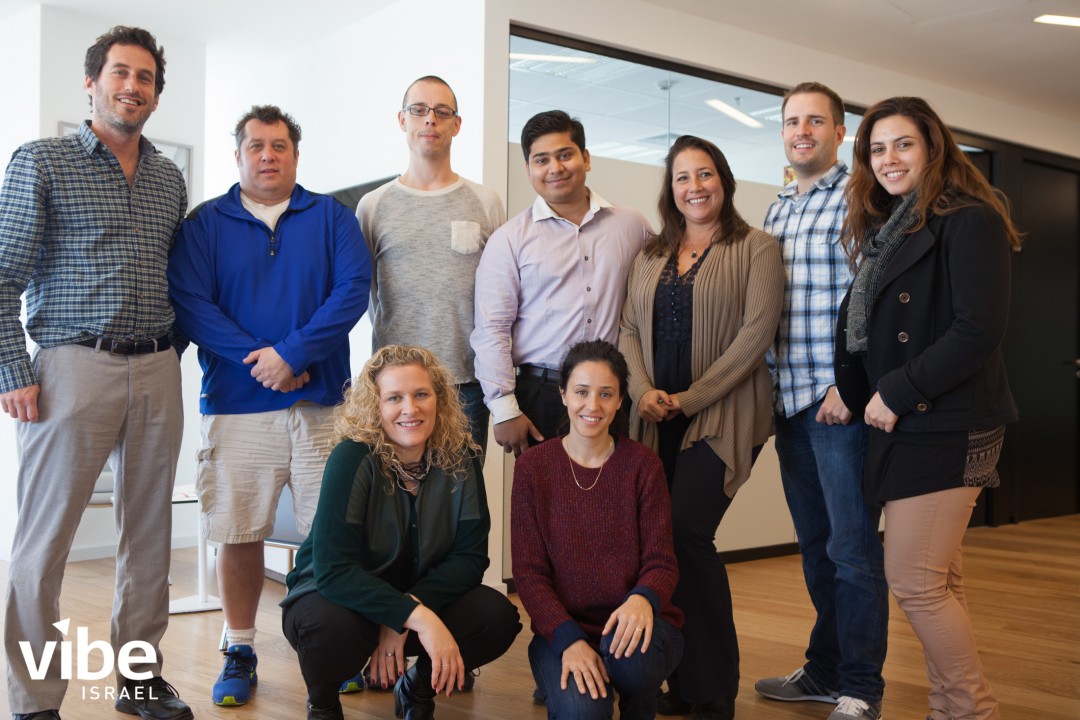
A few quick facts:
- The national government provides the standards, accountability system, and assessments for all schools in the country.
- There are 4 types of schools, all supported by the government: Secular, Orthodox, Independent, and Arab. Orthodox and Secular are taught in Hebrew, but Orthodox schools are significantly more focused on religion. In fact, many Orthodox schools hardly touch on traditional subjects (math, science, ect.) at all. Arab schools are taught in Arabic and include a bigger focus on Arab history and culture.
- Independent schools are growing in popularity (democratic, arts, and others) – where parents and experts can decide on the methods of learning/teaching and still get the government financial support. For more on this, check out Lisa Nielsen’s post here.
- As of 2012, the government pays for pre-school for all kids starting at 3 years old.
- After high school, almost all students enter the Israeli Defense Forces – which, in many ways, extends the education system of the state by an additional 2 to 3 years.
One of the more interesting takeaways of the day was a philosophy or state-of-being in Israel that is locally referred to as balagan. More or less, the translation to English is ‘mess’. But I got the sense it was more like ‘organized chaos’. There are rules and laws in Israel for sure, but many are more like guidelines that are designed to be bent when needed. We would go on to learn more about how ‘balagan’ shapes the education system (mostly to its benefit, surprisingly) during the week.
Fellow tour participant Terry Heick did a much better job of describing ‘balagan’ and its influence in his post, The Time I Went To Israel In Search Of Innovation.
From there, we drove about an hour north of Tel Aviv to the “Mevo’ot Yam” Youth Village in Mikhmoret. This is a boarding school that specializes in marine science and sailing.
Of all of the great schools and programs we visited in Israel, this would be the one that I’d want to send my kids to. A beautiful beach and marina, a caring staff of teachers and administrators, and a focus on project-based learning. This wasn’t at all what an American or European boarding school might be like either – students come from all backgrounds and tuition is mostly covered by the government.
We ended the day with a traditional Sabbath dinner with Iris Shani, CEO of the Israel Association of ADHD, hosted by welcoming Steinbach family. Fantastic food and even better conversation.
Day 3: Jerusalem
To start the day, we headed to the beachfront restaurant “Casis” in Tel Aviv to meet several folks involved in the non-profit and business side of education in Israel, including:
- Yotam Tron – The Institute for Democratic Education
- Tami Hay Sagiv and Sivan Hendel – Peres Center for Peace
- Doron Ish – Shalom – Israel Innovation Institute
- Roi (Ziko) Zikorel – The Trump Foundation (not related to Donald ;))
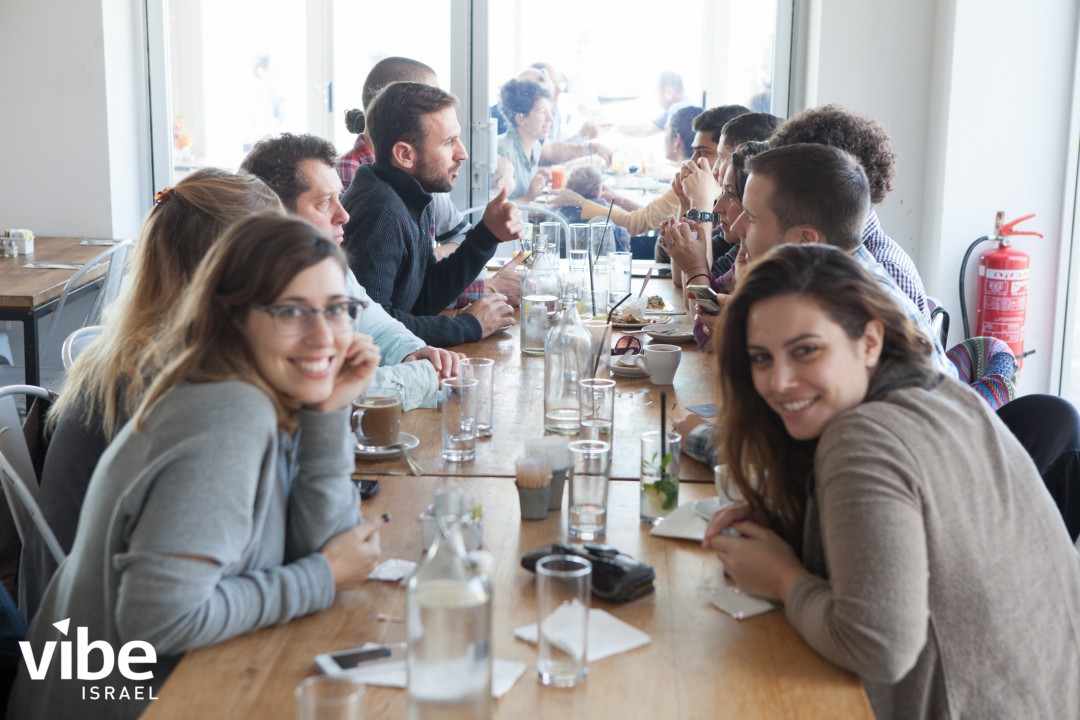
Learning about each of these organizations (and the people representing them) began to paint a picture of the large network of non-school organizations that support the learning and well-being of kids throughout Israel.
From here, we hopped in the van and drove the 1.5 hours to Jerusalem.
This was the only part of the week that really didn’t revolve around education. But, on a personal level, the ancient and important sites we visited were unparalleled and awe-inspiring.
After the tour of the Old City, we had dinner with Saul Singer, the co-author of the international best-seller book, Startup Nation.
We learned from Mr. Singer about why Israel has been able to grow its economy at a time when many other countries have been in decline.
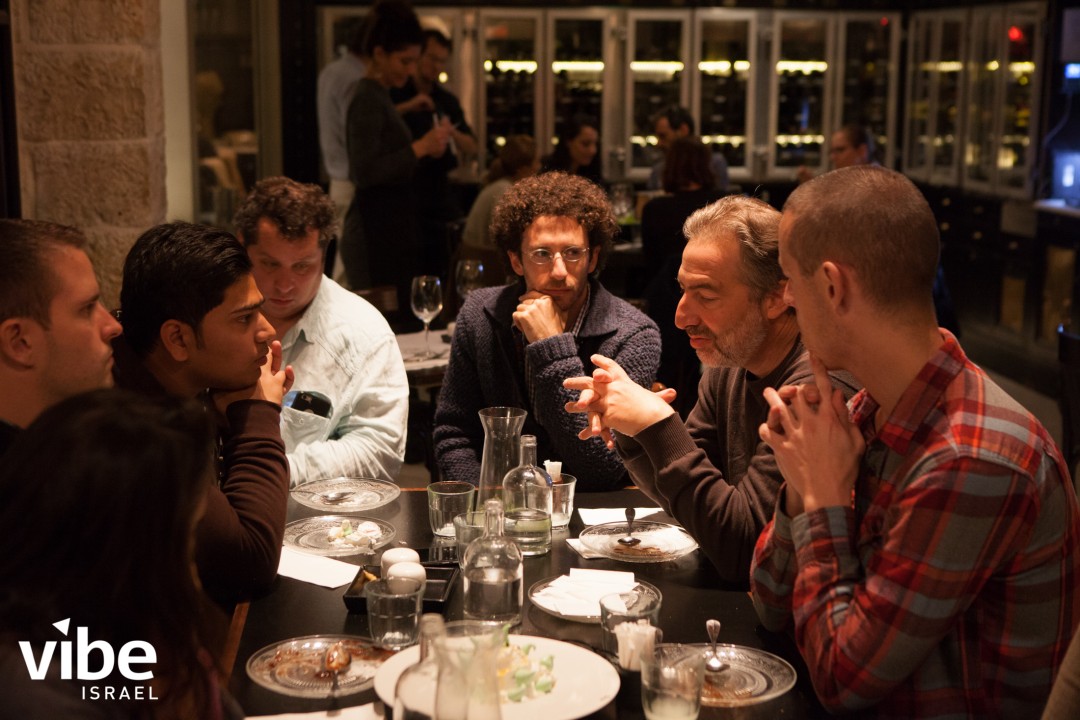
Much of the success, from what I understood, can be attributed to two things:
1. Israel is a young country, made up largely of immigrants from around the world that have had to learn to adapt, take risks, and handle complex situations in a short period of time. In short, the culture of Israel is that of a lean start-up.
2. The compulsory military service provides all citizens with opportunities to learn skills they normally would not, and a shared common experience in social service. This gives the citizens of Israel a leg up in leadership, innovation, and a desire for common good.
To be fair, my summary of what Mr. Singer had to say is most definitely over-simplified, so I look forward to reading the book in the near future.
After dinner, we met up with Shahaf Erlich, Co-Founder of Education for Excellence Project (and his family), and Dr. Elaine Hoter, from the Center for Technology, Education and Cultural Diversity. They joined us on a unique opportunity to walk through an old Orthodox Jewish neighborhood on the next to last night of Hanukkah as many of the families were out lighting their menorahs. Songs were sung as kids lit the candles. It was certainly a beautiful and memorable site to see.
Day 4: Yeruham
On the fourth day, we loaded up and drove south to the city of Yeruham.
Yeruham is a smallish town of around 10,000 people in the middle of the Negev desert.
We started by meeting students and educators from a local high school at the rim of a giant “crater” just outside the city. The crater, or makhtesh, is really more like a canyon in the desert, created by erosion. There are only seven in the world – 5 in Israel, and two in Egypt.
We learned from Chili Tropper, educator, and his students and colleagues, about the different ‘youth movement’ projects the students participate in. Most students in all of Israel participate in these afterschool activities, many with a social service component. This is one way that the education system fosters the development of the entire child, not just in the traditional school subjects.
As with all of the students we met, their English and public speaking abilities were always impressive. I’m certain that when I was in high school I would never have been able to speak in a second language to strangers!
We had lunch in the house of a local family that participates in sort of an “Airbnb” for home-cooked meals. This is more of a social initiative to spur economic development rather than a for-profit business. It was here that I may have had my favorite dishes of the trip, including artichoke wrapped meatballs and homemade couscous.
Sufficiently stuffed, we continued on to visit the young members of the Yeruham robotics group – called the ‘Y Team’.
These guys seriously know their stuff and have won national and global competitions to prove it. The students were eager to show off a few of their robots, which was good fun.
But it was a project that this group of kids started that left the biggest impact with all of us. The group uses the robotics knowledge that they have learned to outfit bimbas, or motorized toy vehicles, for kids with physical disabilities.
Here’s a video of these kids in action, and it discusses the bimbas at the 1:50 mark.
One of the things that stood out when talking with these kids is the emphasis of the value of all group members. Not all of the students are as proficient in physics or engineering as others, but they too had important roles to play, including marketing, design, project management, etc. No doubt that this focus is what makes the Y Team so successful.
You wouldn’t think that such a small remote town like Yeruham, in the middle of the desert, would be home to one of the world’s leading education innovation centers and start-up accelerators. But, for reasons I’m still a little fuzzy on, it is!
MindCET brings together students, entrepreneurs, schools, educators, and researchers to focus on technology that can improve education. Sitting beside each other in a co-working space are start-ups, middle school students, soldiers in the Army, teachers, and more – all working on their own projects. The collaborative atmosphere was evident, and I’m certain I’ll hear more coming out of MindCET in the years to come.
We ended the day by checking into cabins at the Carmey Avdat Farm and winery. Floods (which in the desert were caused by less than a half-inch of rain) closed many roads, so we arrived here pretty late. But if (er, when) I’m ever back in Israel, I’ll be sure to come again.
Day 5: Mitzpe Ramon
For our next to last day, we started by visiting the Mitzpe Ramon Visitor Center in Mitzpe Ramon.
The Ramon Center is a memorial and museum in memory of Ilan Ramon, an Israeli astronaut that died in the Columbia space shuttle accident. Ilan’s son, Assaf, followed his father’s footsteps as a pilot in the Israeli Airforce and died in 2009 during a training exercise.
The Ramon family has established the Ramon Foundation to honor the lives of father and son. We had the pleasure of meeting the kids and adult leaders of the Aviator’s Club, which is sponsored by the Ramon foundation. Many of the kids (5th and 6th grade) in the club come from disadvantaged backgrounds. The adult leaders provide encouragement and support to help ensure success for the kids, both in school and out. Airforce pilots play a big part in the activities of the program too. For each kid that completes the program, the end result is the kids get to fly in a small plane with their pilot mentors!
The Ramon Center is on the edge of the largest makhtesh crater, and the views here did not disappoint.
We left the kids from the Aviators Club and traveled to the small village of Darejat.
Here we met a man whose parents carved out a cave in the rock to use as their home 50 or so years ago.
It was in this cave that we had lunch – and we were joined by a principal, teacher, and 3 students from a nearby Bedouin high school.
The Bedouin are traditionally nomadic tribes found all over North Africa and the Middle East. Most practice Islam, and many tribes are beginning to settle down in growing communities.
The conversation here was interesting, and for the most part, encouraging. The students, all girls, were studying the sciences, English, and had increasing access to technology. The students told stories of collaboration they’ve had with students from around the world – twitter seems to be the favorite tool of choice – reminding us all that the world is much smaller than ever before. Likewise, we are all more similar than we are different.
There was a discussion about what the students’ plans were after graduating high school. They all wanted to attend university. However, they also mentioned that their studies, and any career they may have, would only happen if their future husbands allowed for it. Still, there was a sense that it was increasingly becoming more acceptable for women to work and be educated.
Our host ended the lunch with a short discussion sharing his hopes that the rest of the world understood that much of what we see on the news about Islam is misleading, at best. With great passion, he spoke about the peaceful practice of true Islam. Experiences like these humanize complex dynamics.
On our way back to Tel Aviv, we stopped for a quick visit to see a specialized ADHD learning space at the Darka School in Kiryat Malachi. Here, an architect worked with educators to design furniture and a layout to minimize distractions and help students with focus. Notice the blank walls. The yoga balls for chairs were quite comfortable!
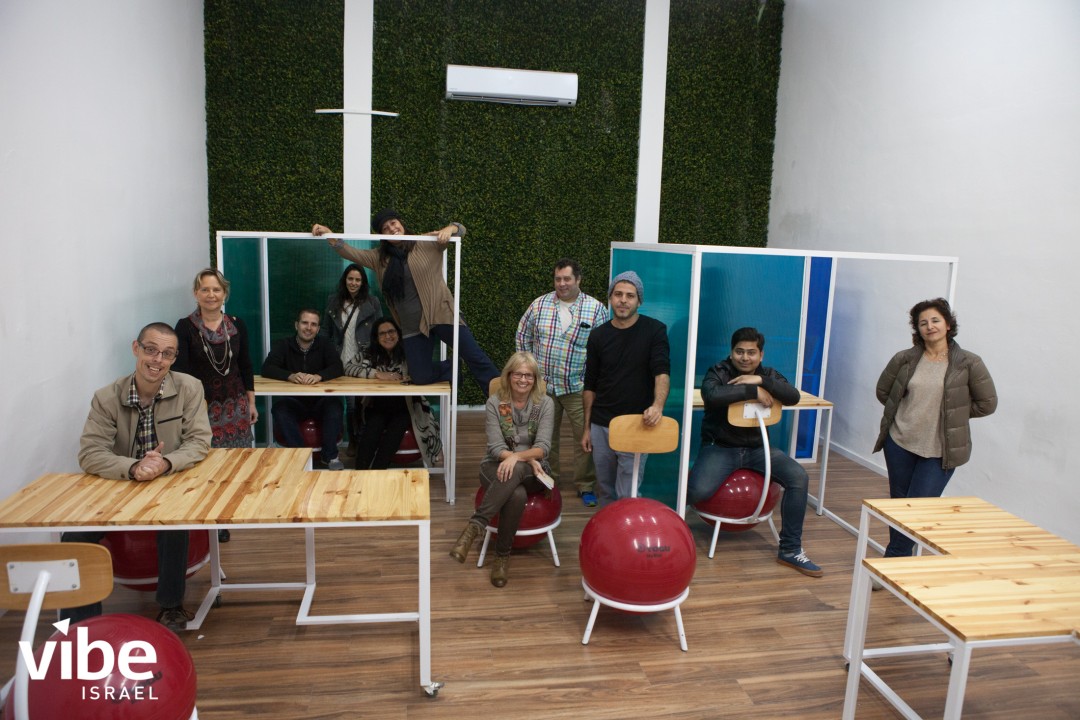
Day 6: Startups and Schools
Our last day began with a visit to Mindspace – a co-working space in downtown Tel Aviv.
We heard from four educational startups, including:
- Yanki Margalit of SpaceIL, an organization working to land an Israeli spacecraft on the moon
- Iris Yam of Googaleh by ICT Sandbox, a safe and engaging way for small kids to experience the internet
- Amir Asor of Young Engineers, that teaches basic engineering skills using Lego kits
- and Michael Matias of Hack Generation Y, who founded a global youth coding movement when he wasn’t accepted into a “grown up” hackathon
Michael, in particular, has accomplished more by the age of 19 than just about all of us will, ever, combined.
We then began a tour of unique schools in Tel Aviv, where we were joined by Asaf Zamir, deputy mayor of Tel Aviv.
Our first stop was the Bialik Rogozin School, which largely caters to children of migrant workers in Israel. The students here speak dozens of different languages and in many cases, have experienced significant trauma or difficult circumstances. The school was featured in the Academy Award-winning documentary, Strangers No More, in 2010.
One of the contributing factors to the success of this school is the large network of volunteer community members that work with the students and provide needed resources.
We then headed to HEMDA, a sort of magnet school for physics and other sciences. Students attend different high schools around Tel Aviv for all other subjects and then visit this school twice a week for half a day.
The labs, technology, and faculty (most with PhDs in the field they teach) set this school apart for sure.
And finally, we visited Studio Ankori, an arts high school with quite a different way of doing things. Students complete creative projects around a theme throughout the year. One of the more unusual aspects is that their parents and others aren’t invited to attend their presentations and performances – as the idea is that this fosters competition and doesn’t allow students to fully express themselves in an authentic way.

If nothing else, the old Arabic home that the school is in was fascinating.
We ended the night at Tel Aviv’s Porter School of Environmental Studies, which is housed in one of the ‘greenest’ buildings in the world. Many of the wonderful people we met on the tour joined us here for a mini-reunion and farewell.
Many Thanks
This trip was truly incredible, both personally and professionally.
I certainly gained a new appreciation for a country that I knew little about.
If you’ve made it this far in reading this post, I want to thank you.
I also want to sincerely thank all of the people that made this trip what it was – the students, educators, leaders, etc. – and most significantly of all, the entire team at Vibe Israel.
I’m still processing it all and look forward to sharing even more thoughts and ideas that this trip inspired soon.
*Also, special thanks to Amit Shemesh, the photographer responsible for most of the photos above!
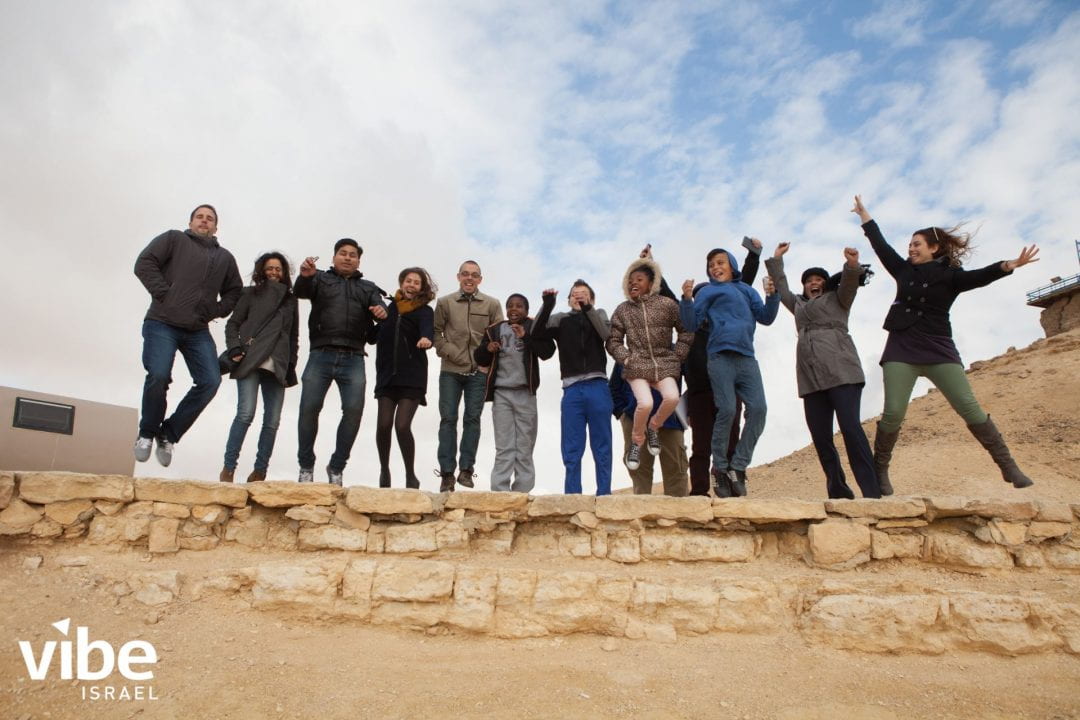
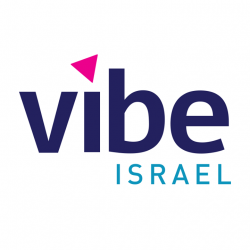
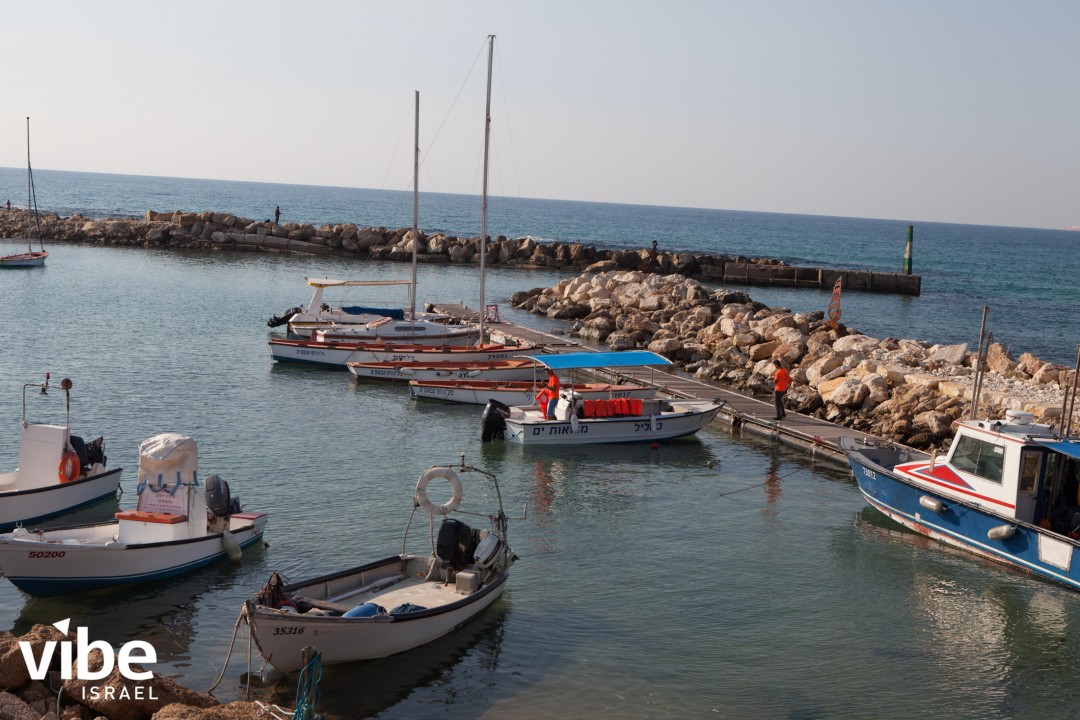



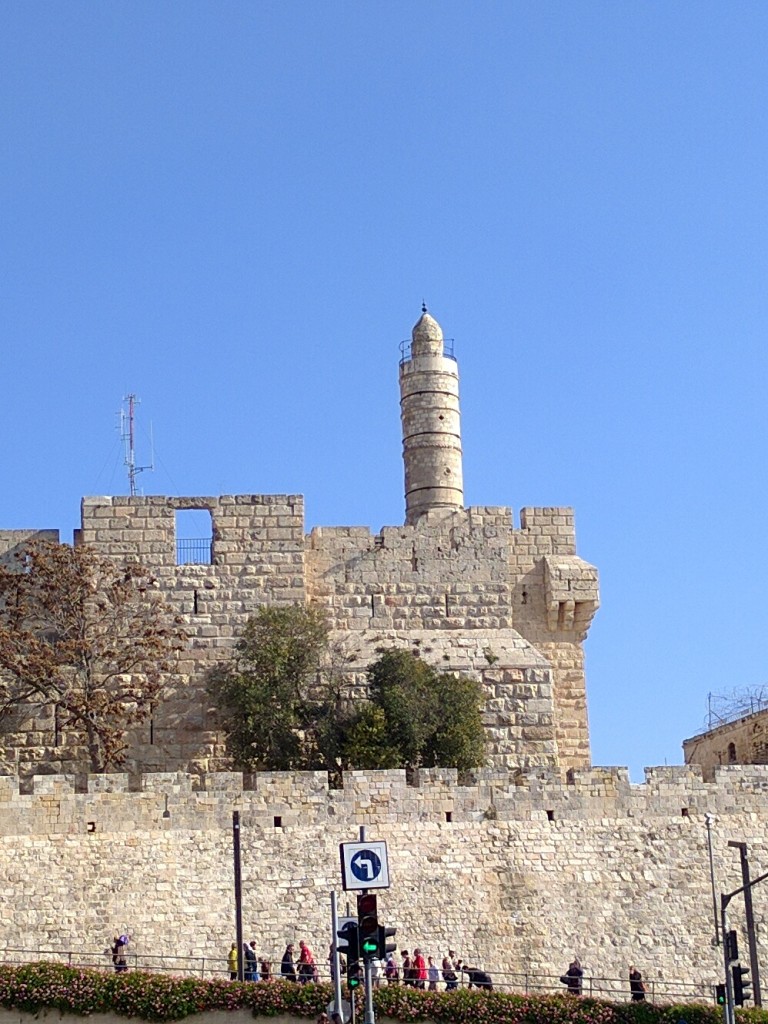



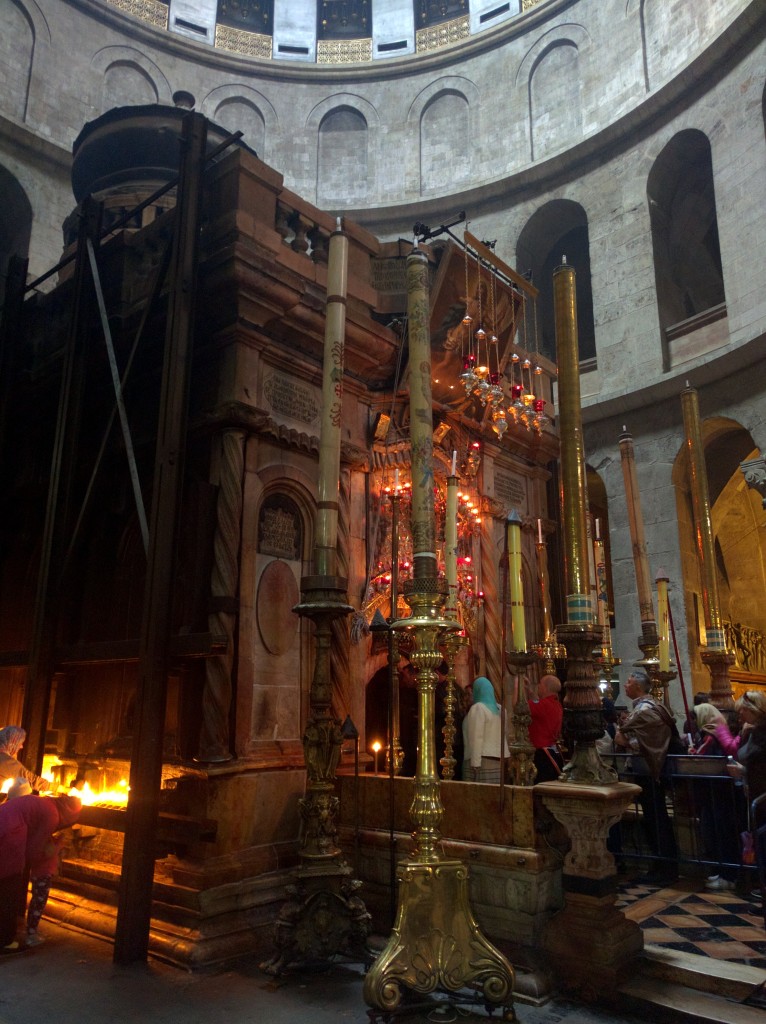
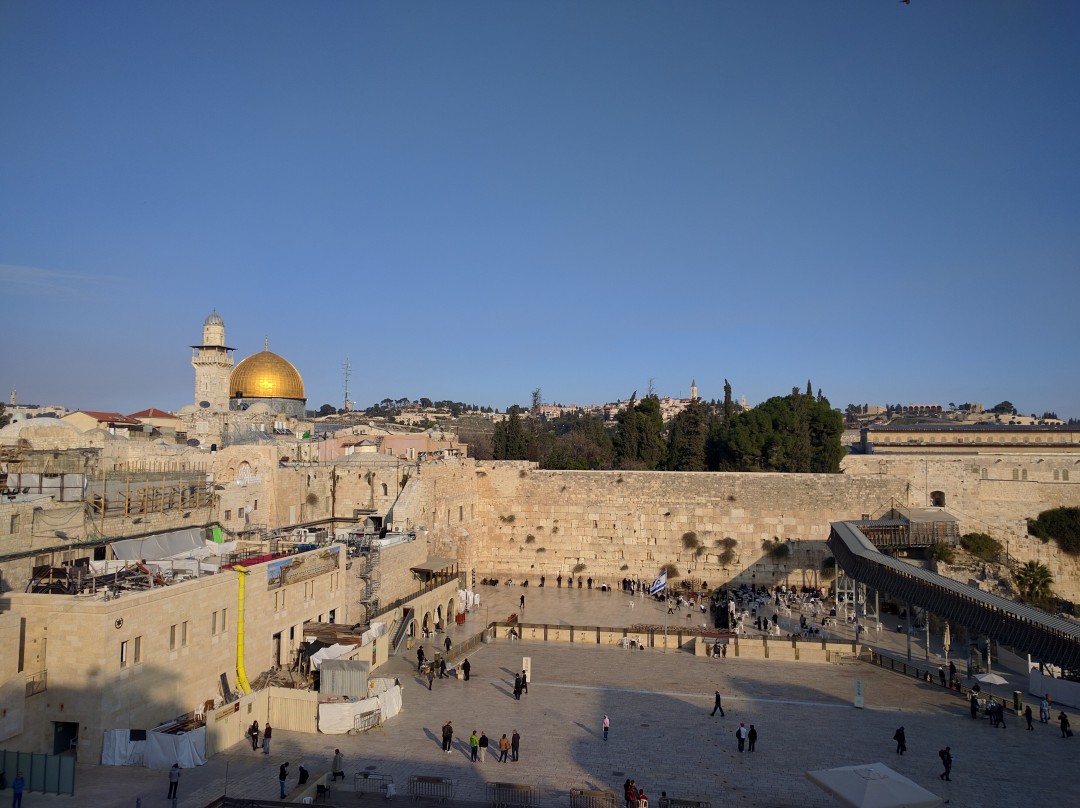

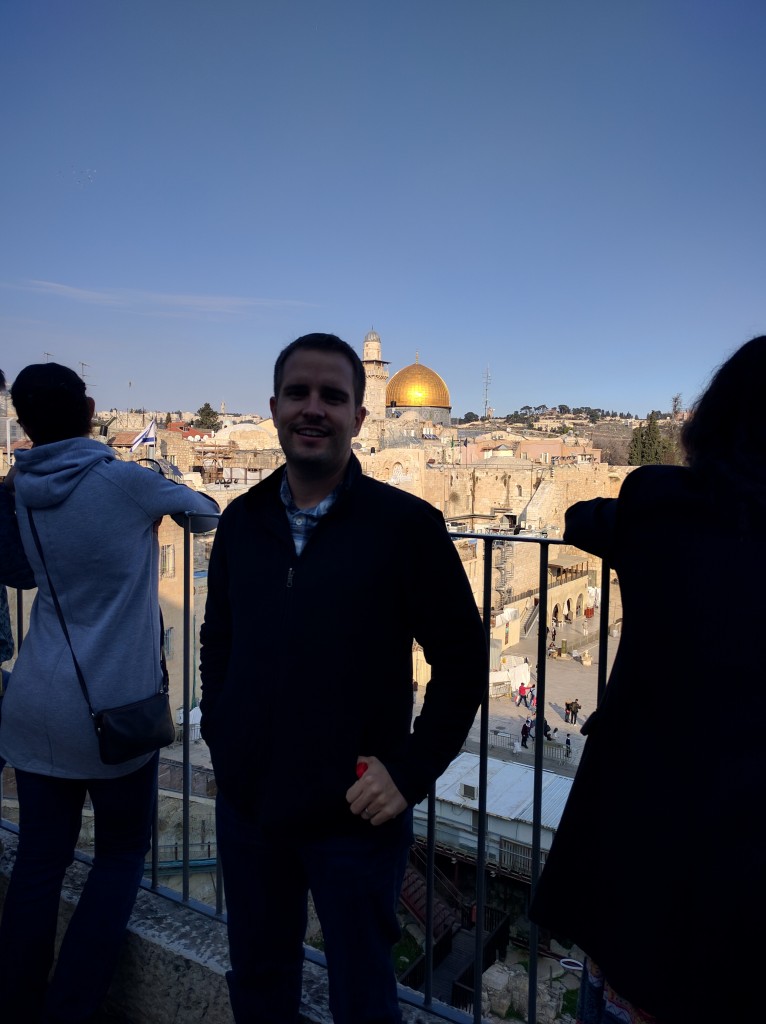
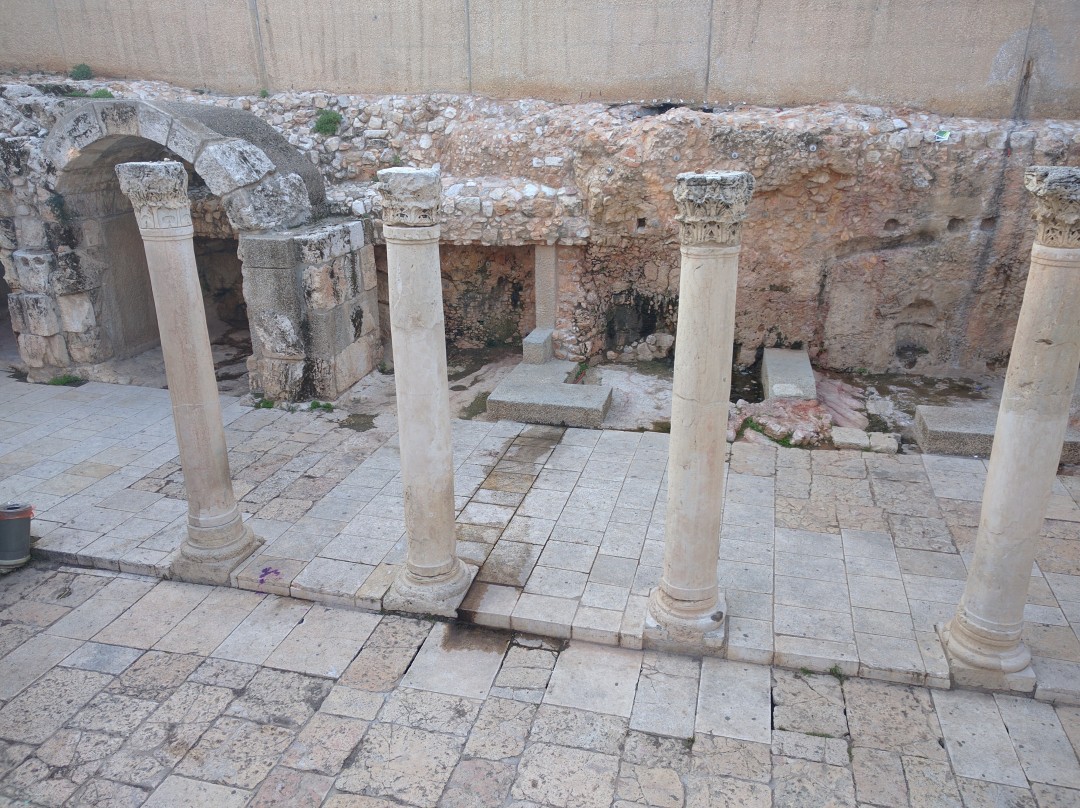


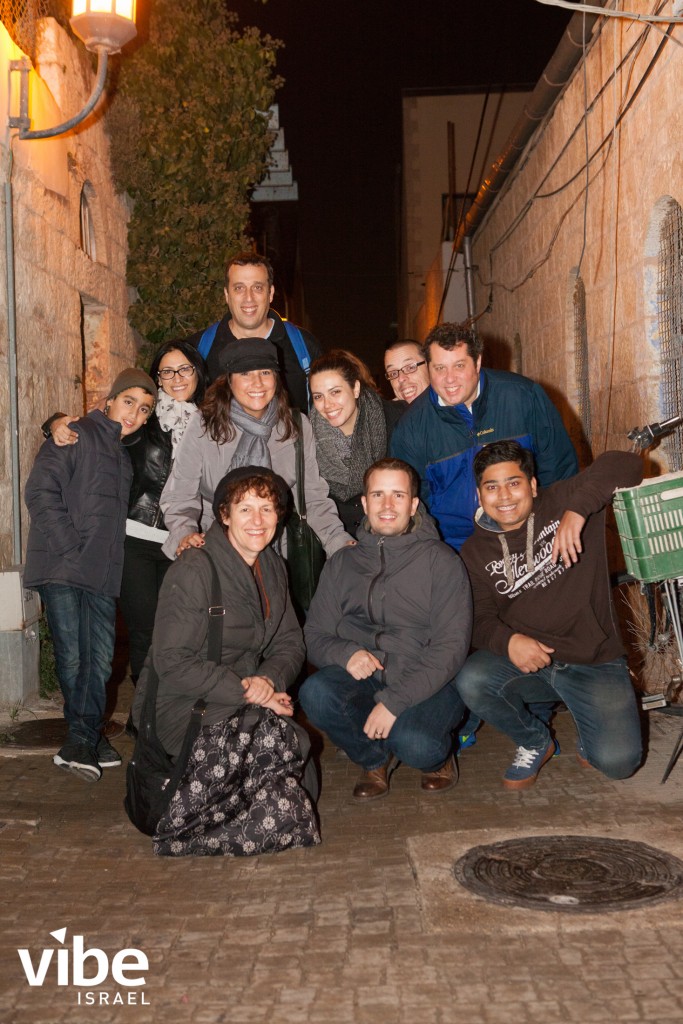

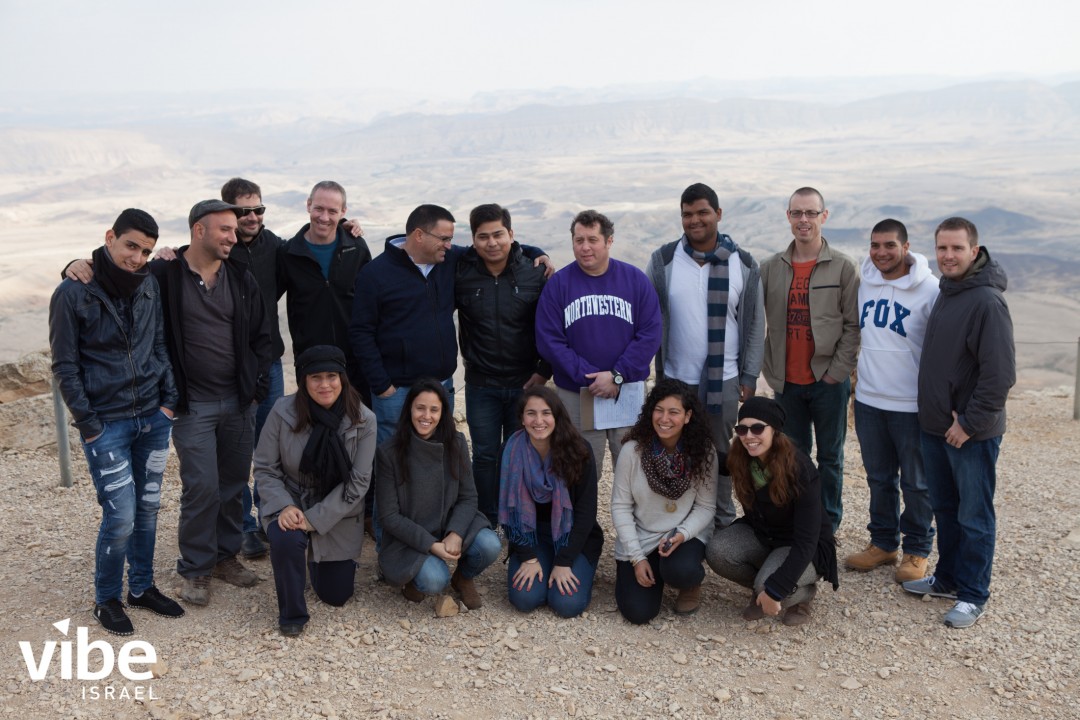
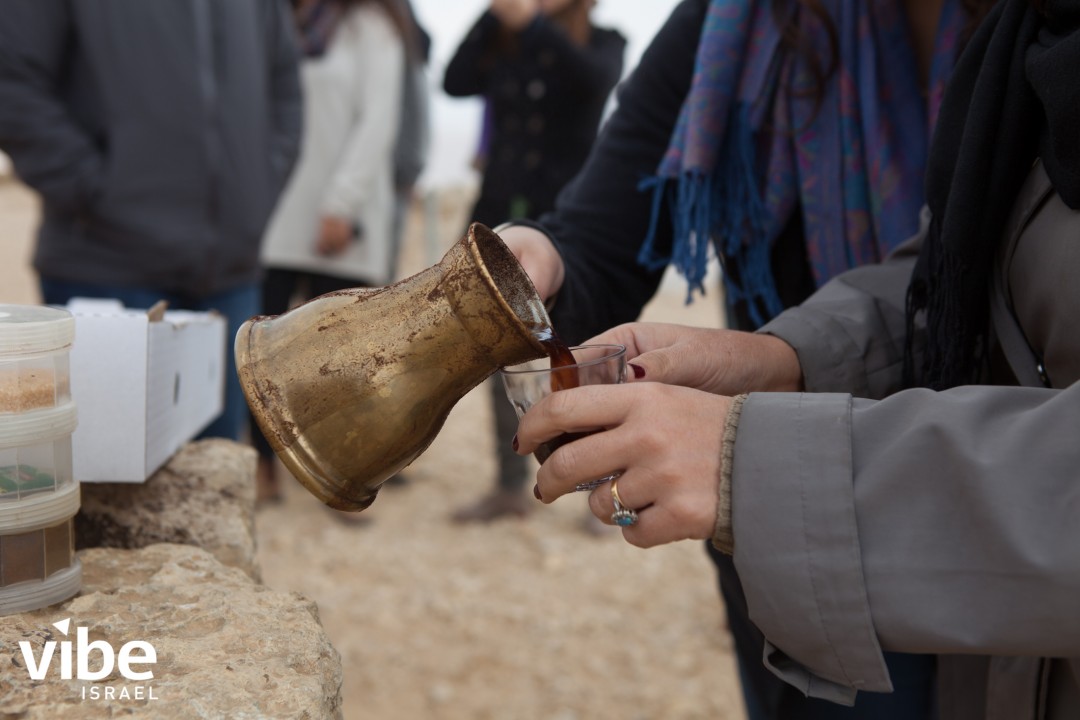
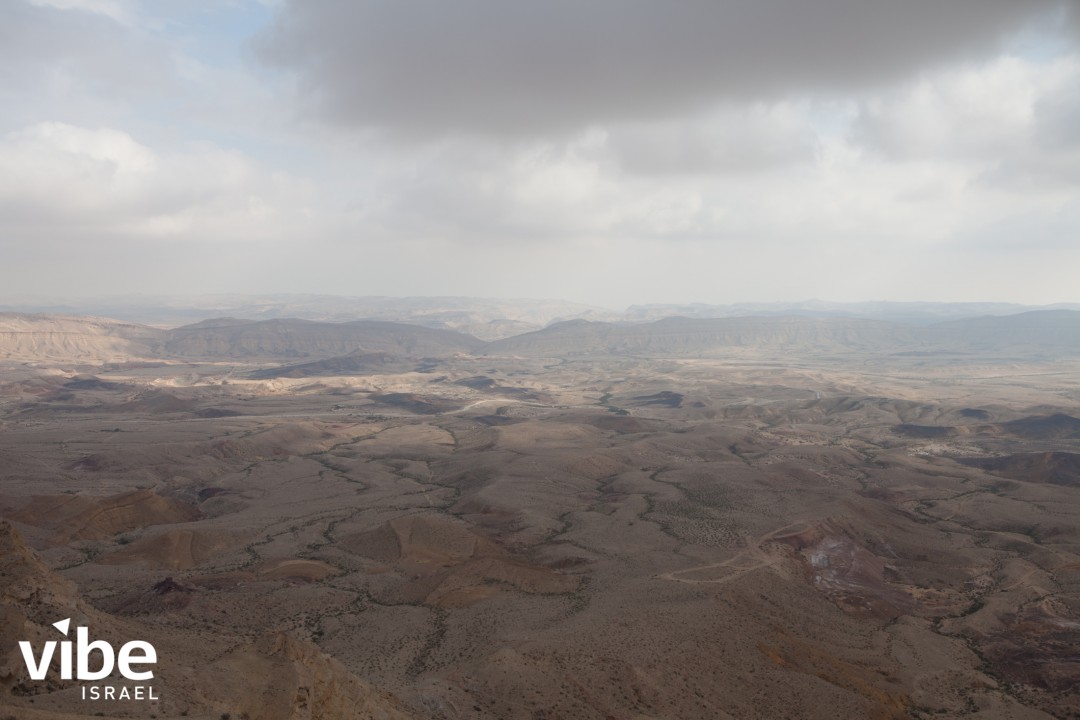


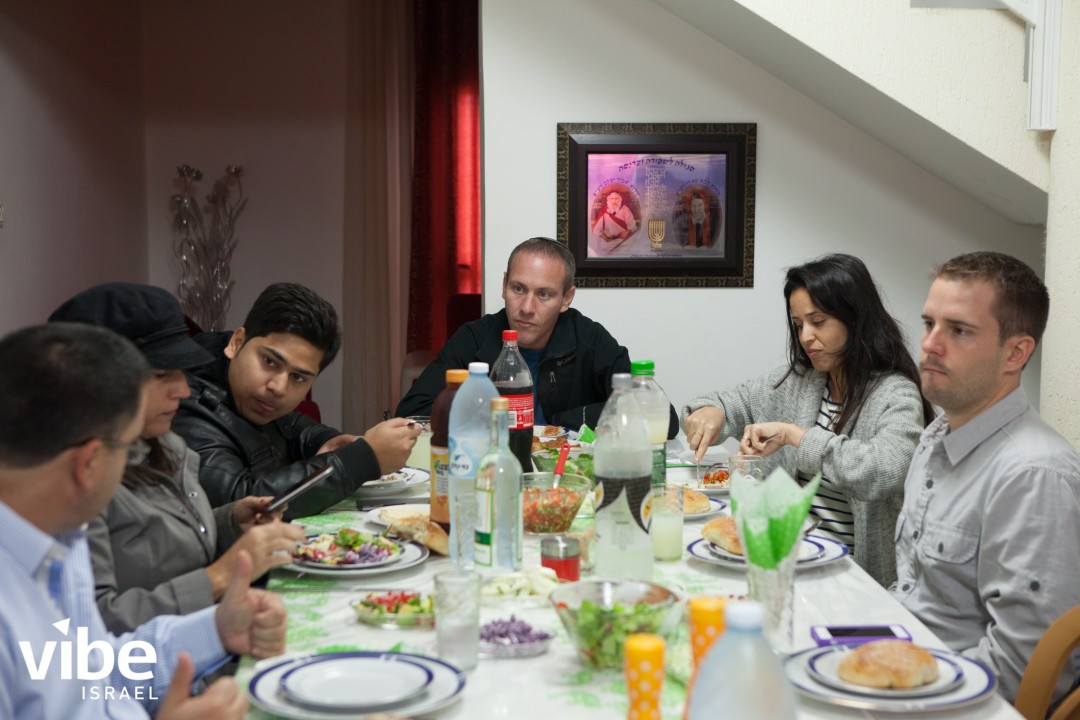




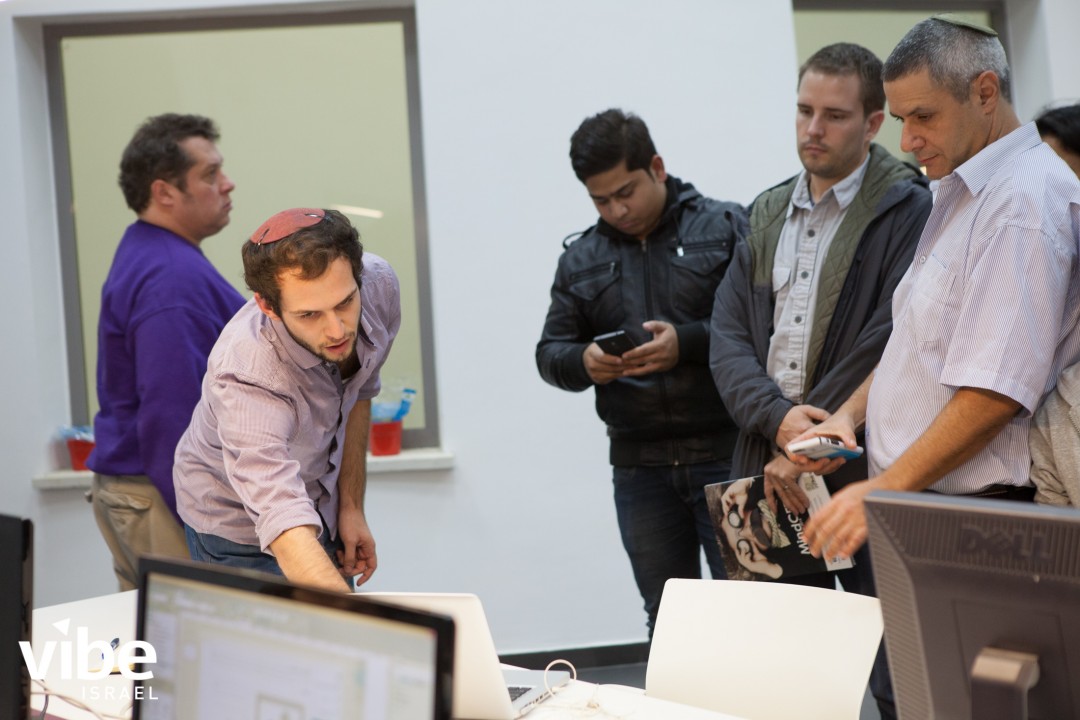

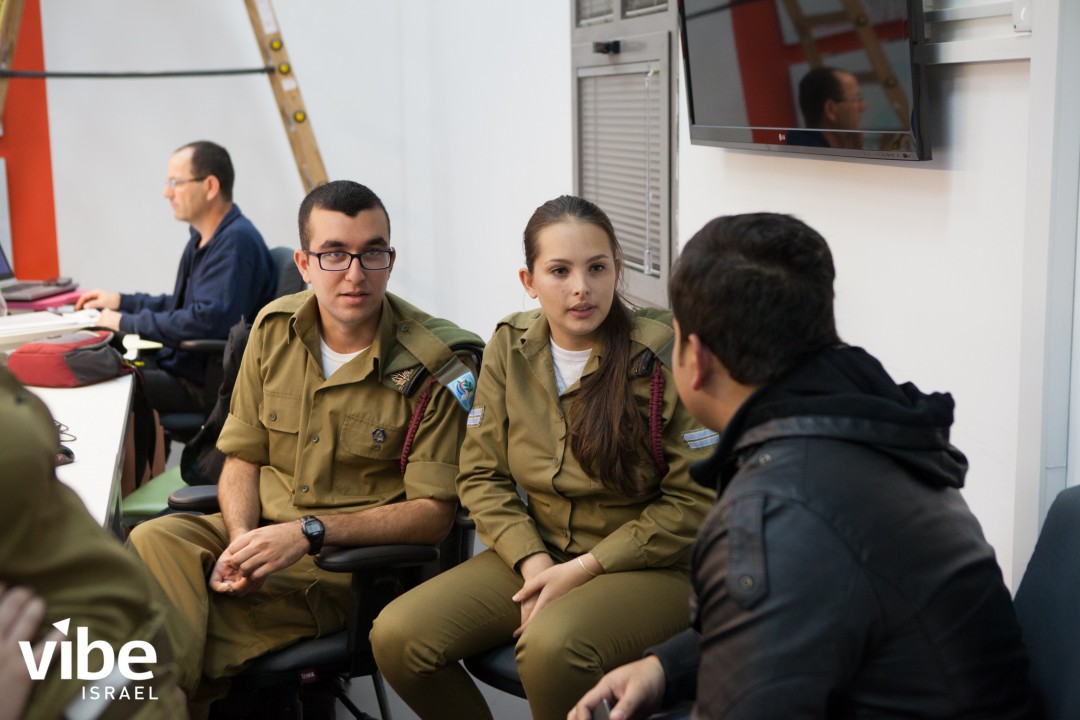


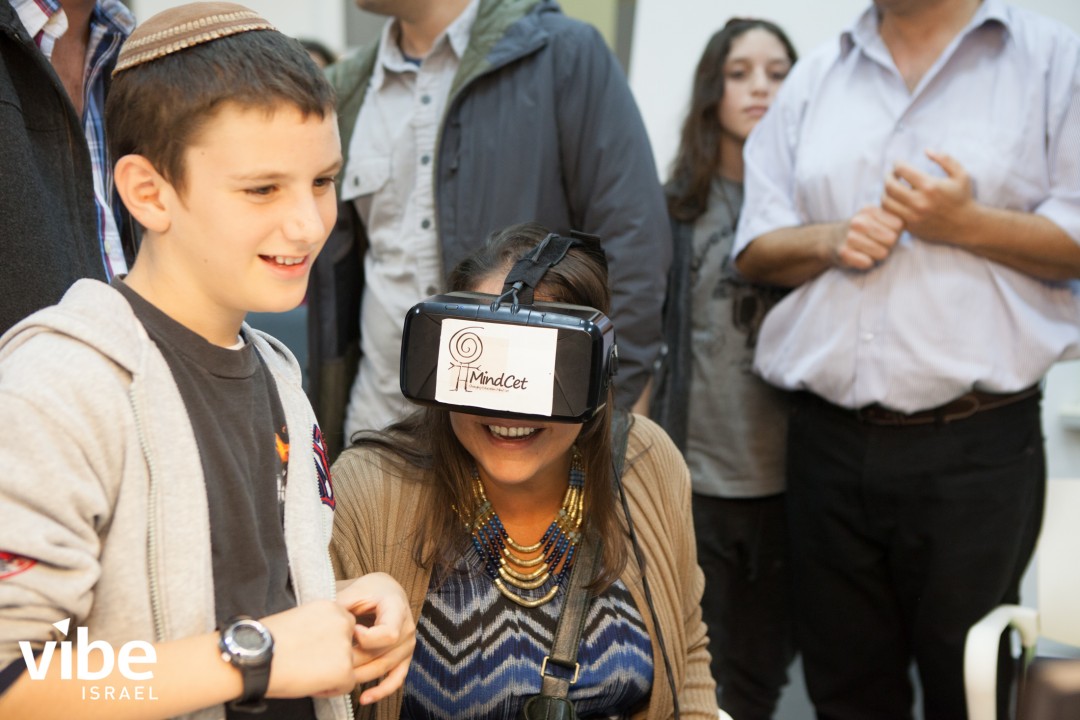
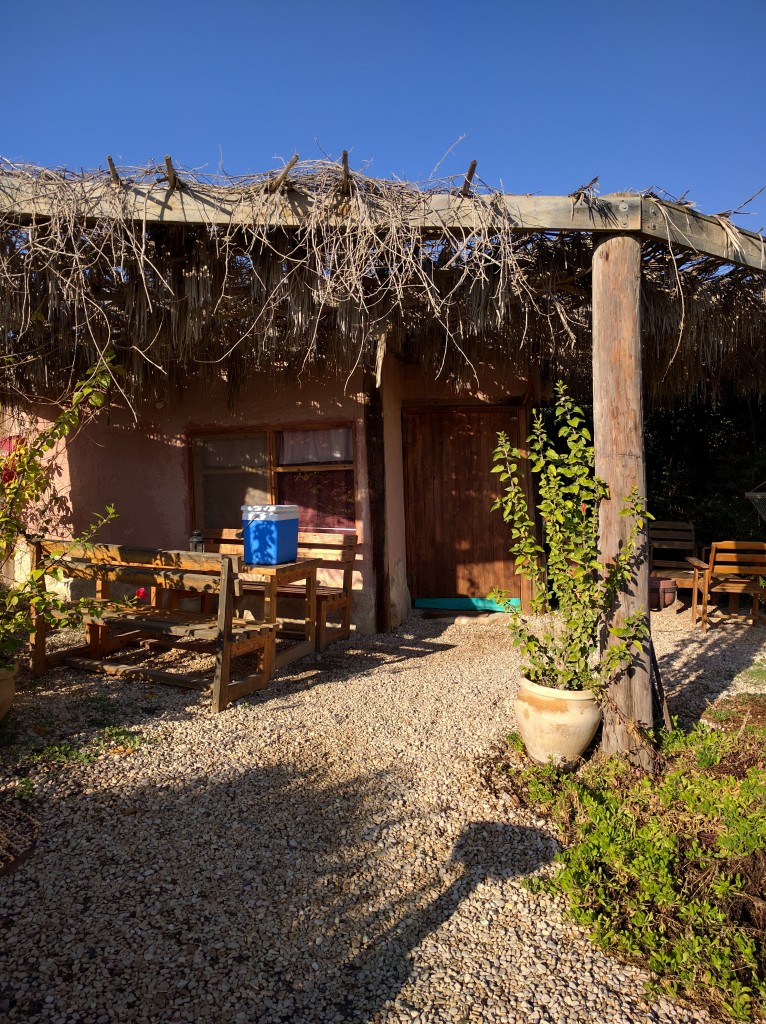





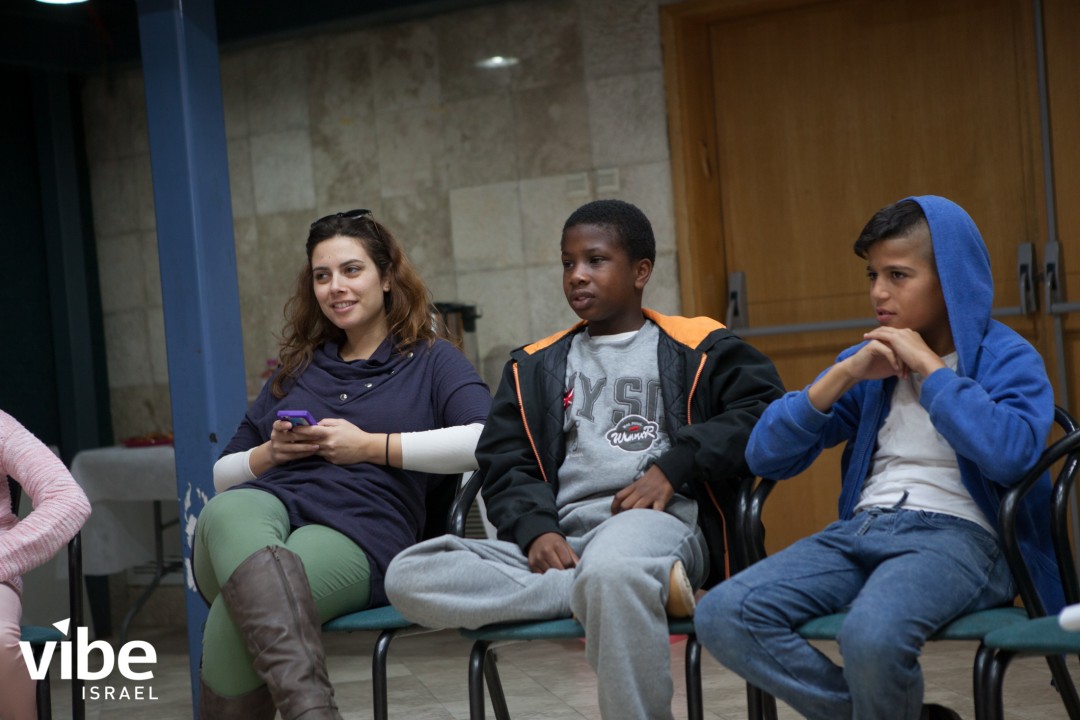

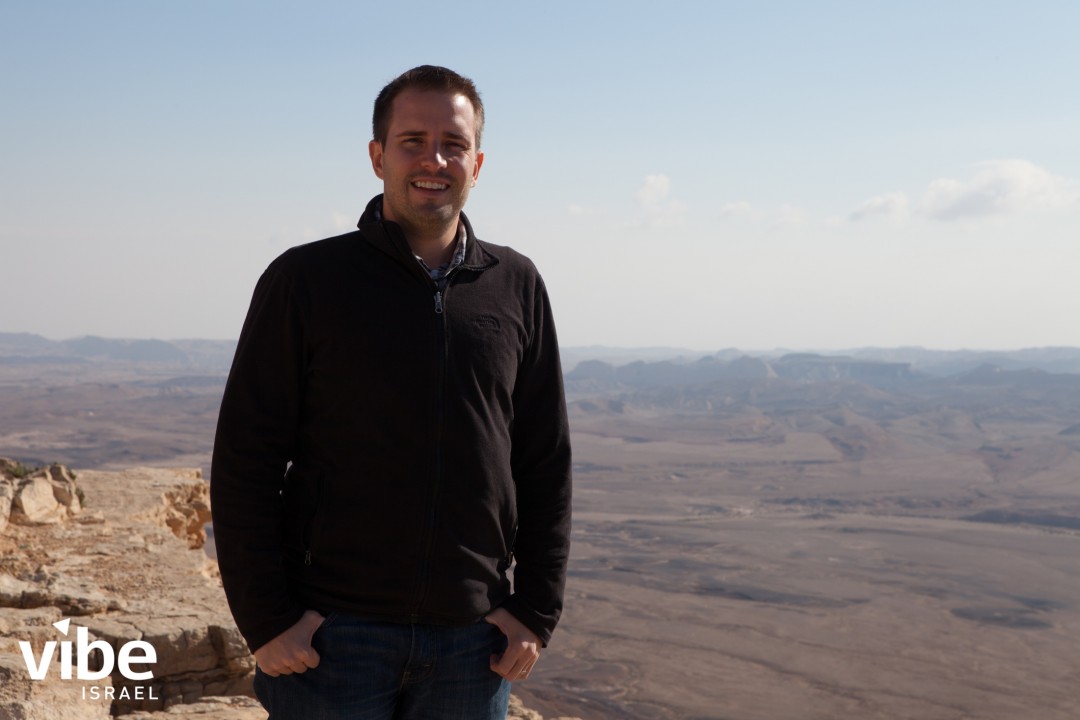
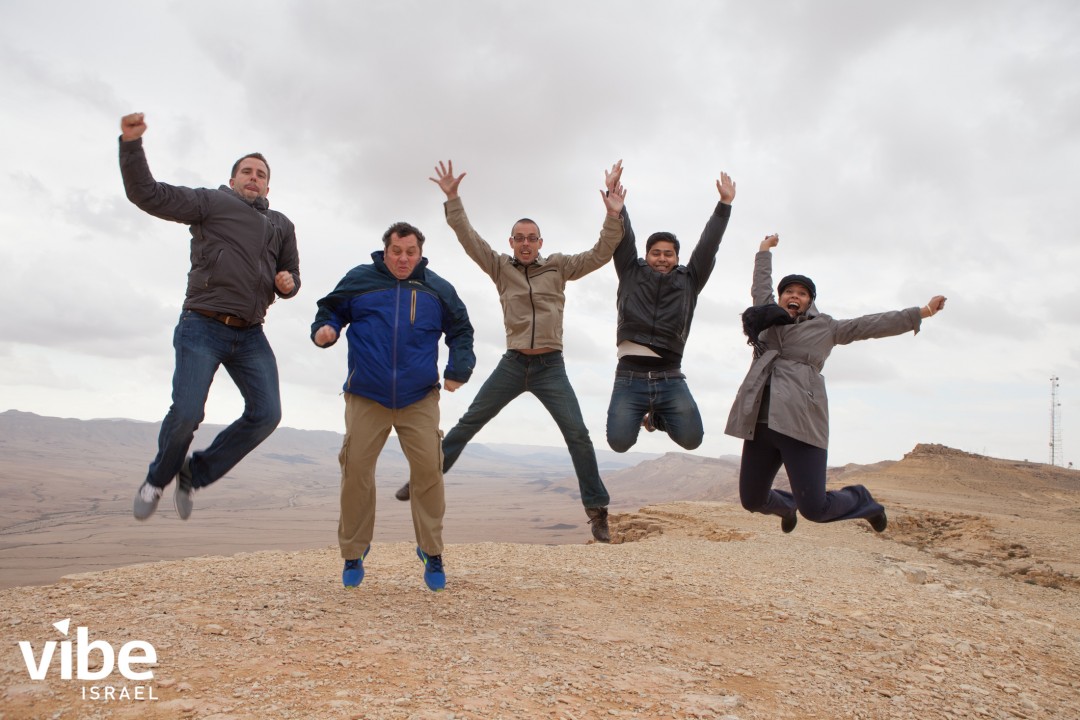
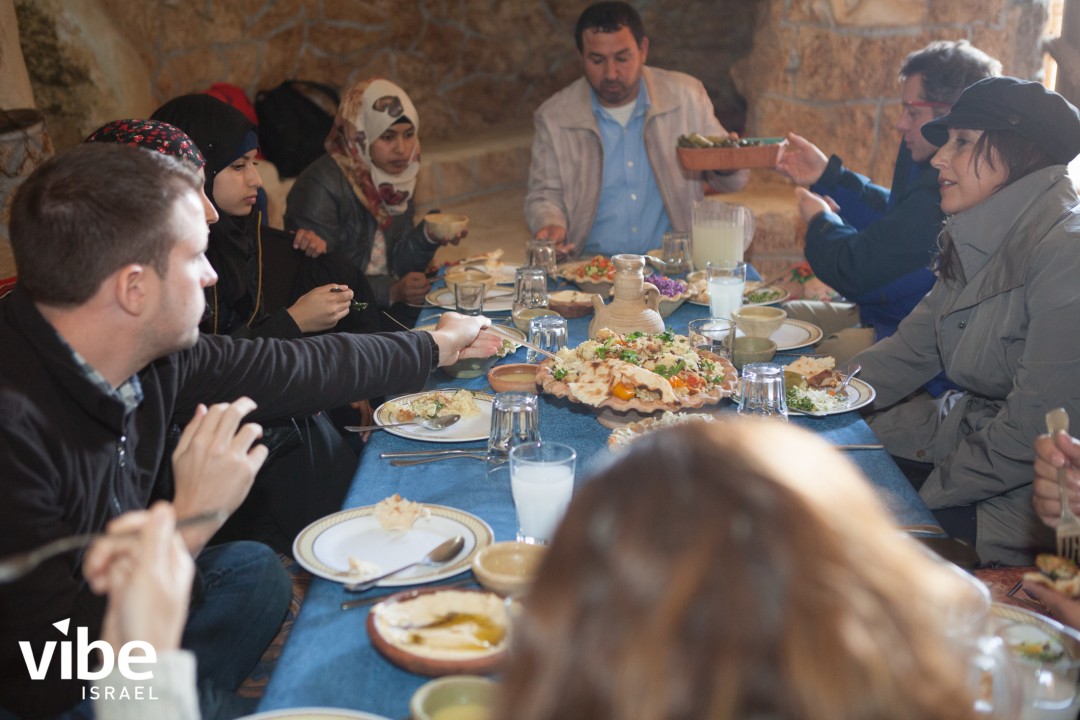



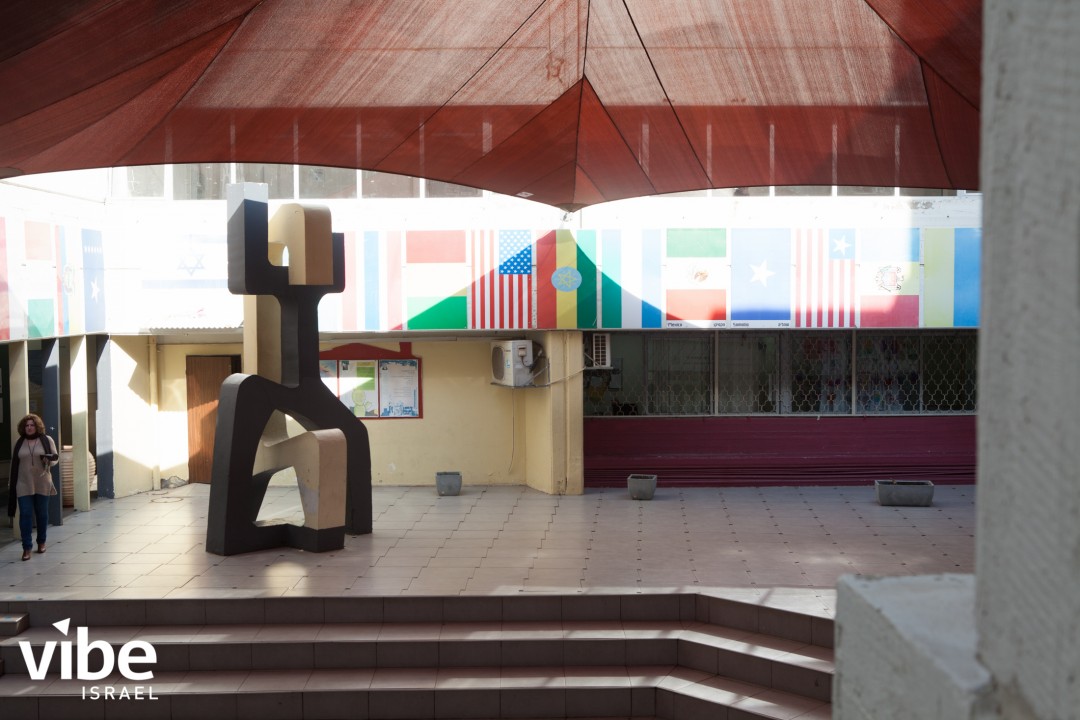
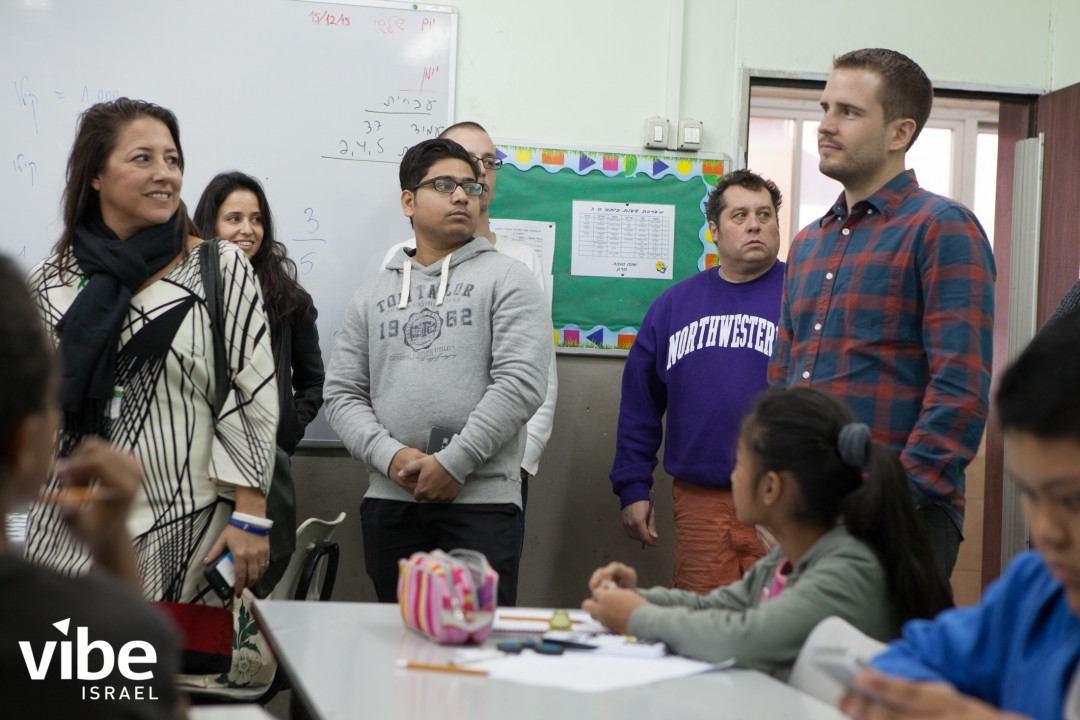
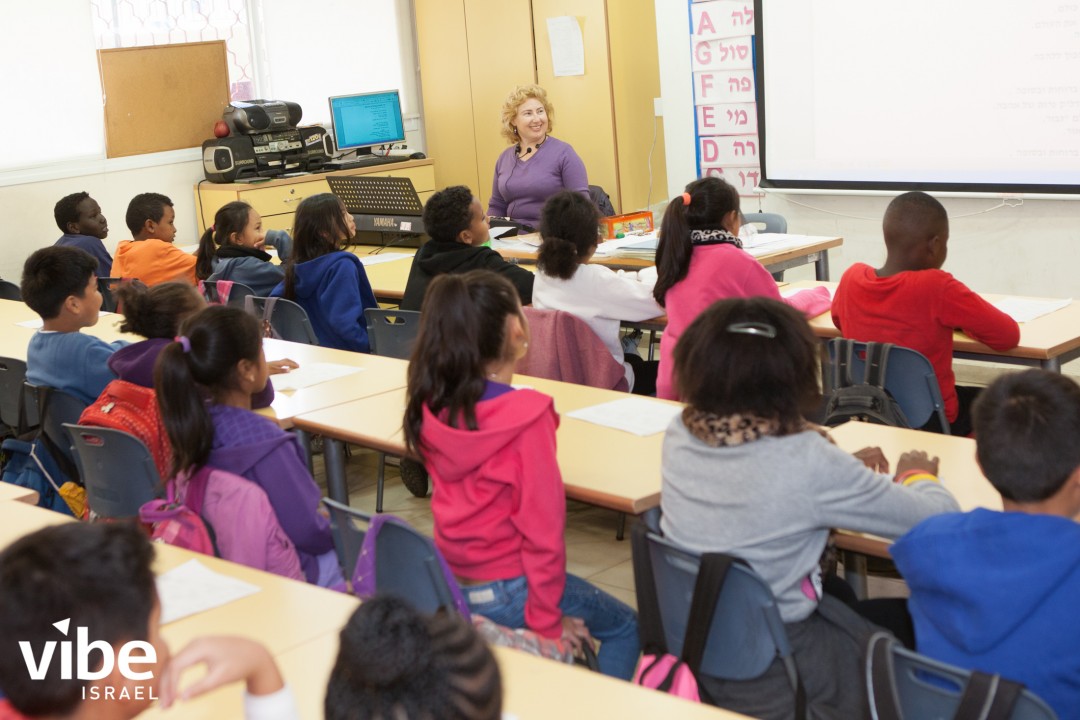


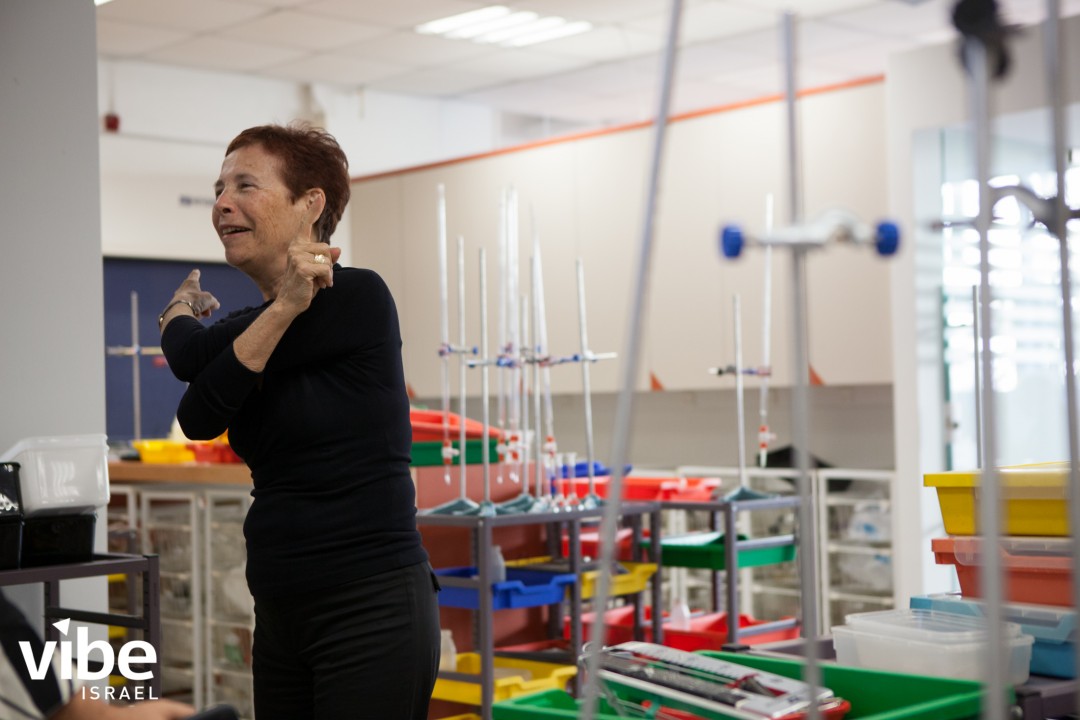

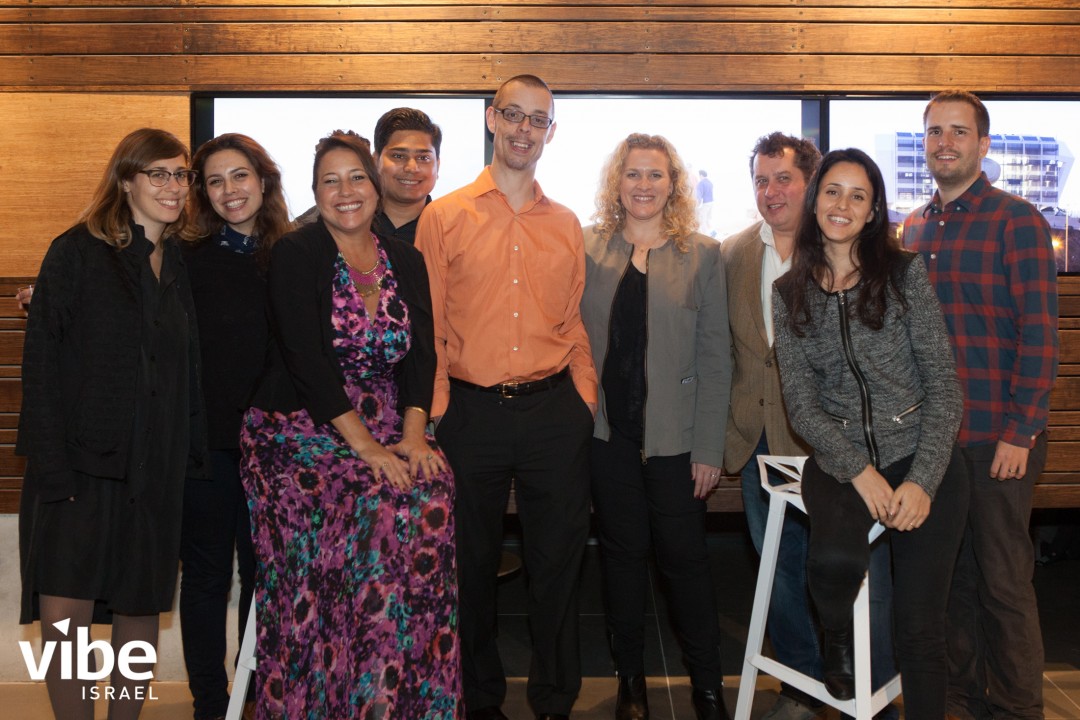

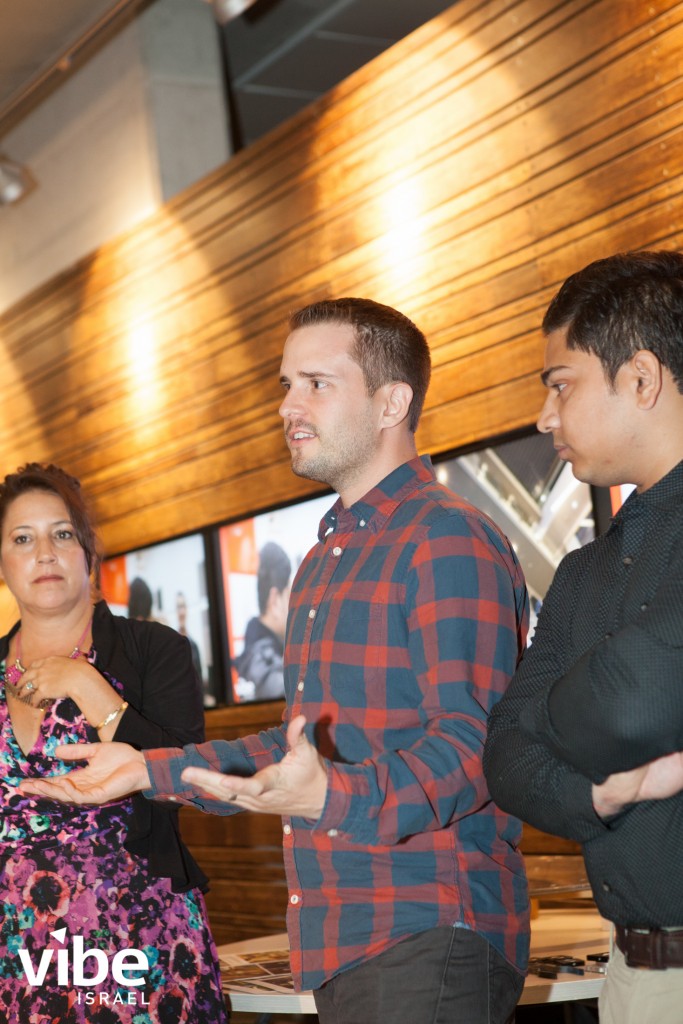
Wonderful tour. Thanks for sharing. education should remain a shared project.
What a special trip. There is much to learn from the creative and clever organisations, initiatives and companies in Israel. It looks like you really had access to the brightest minds in this space! Thanks for sharing